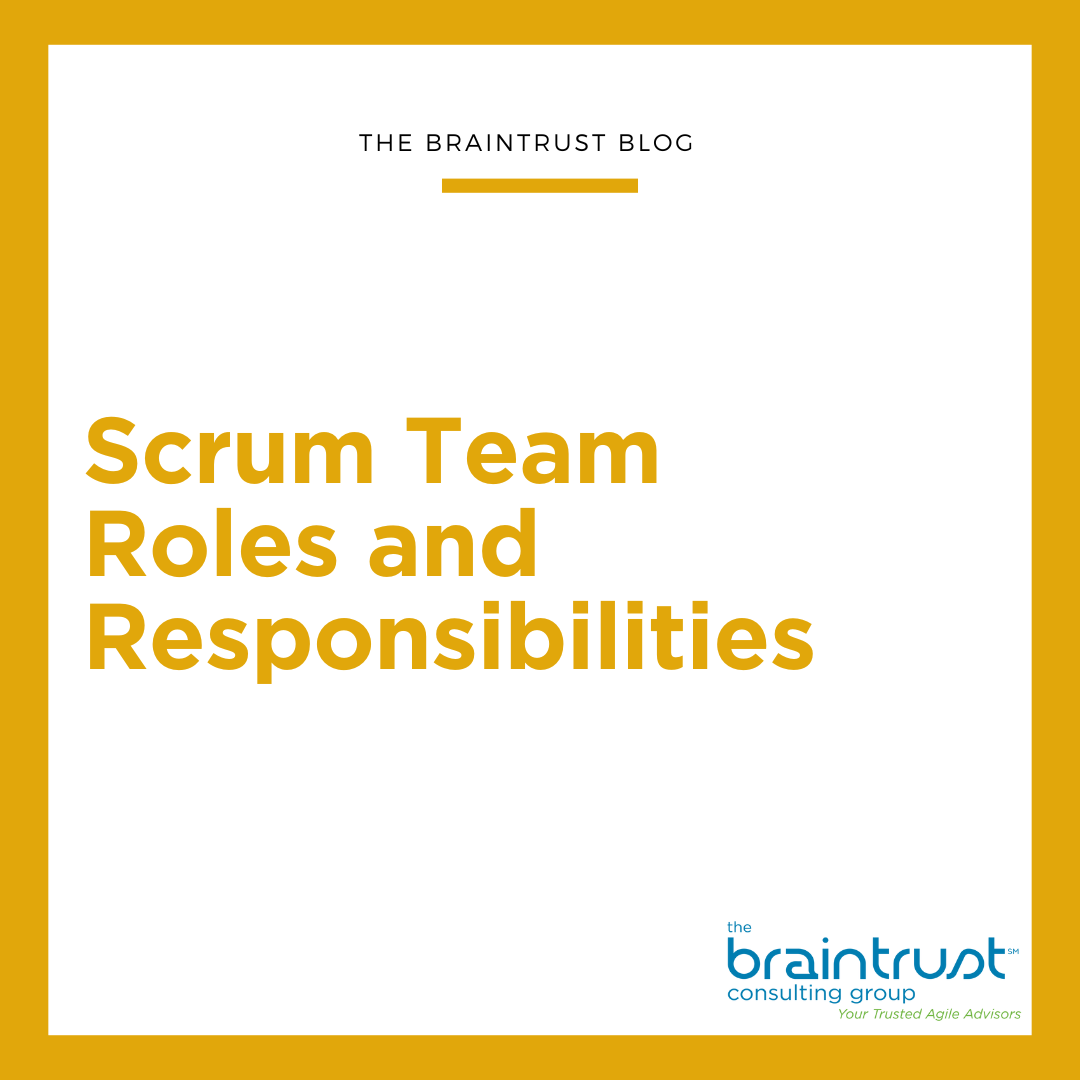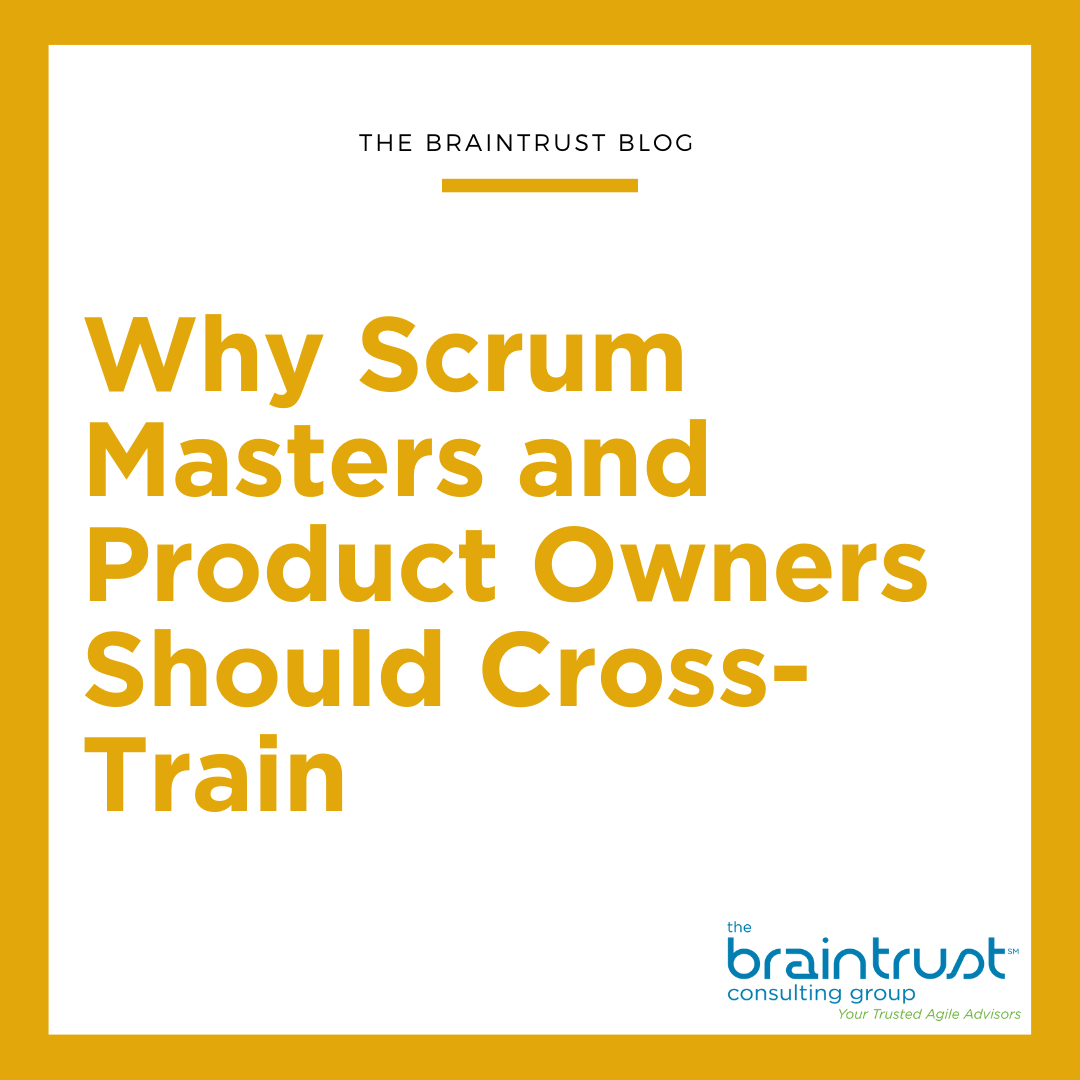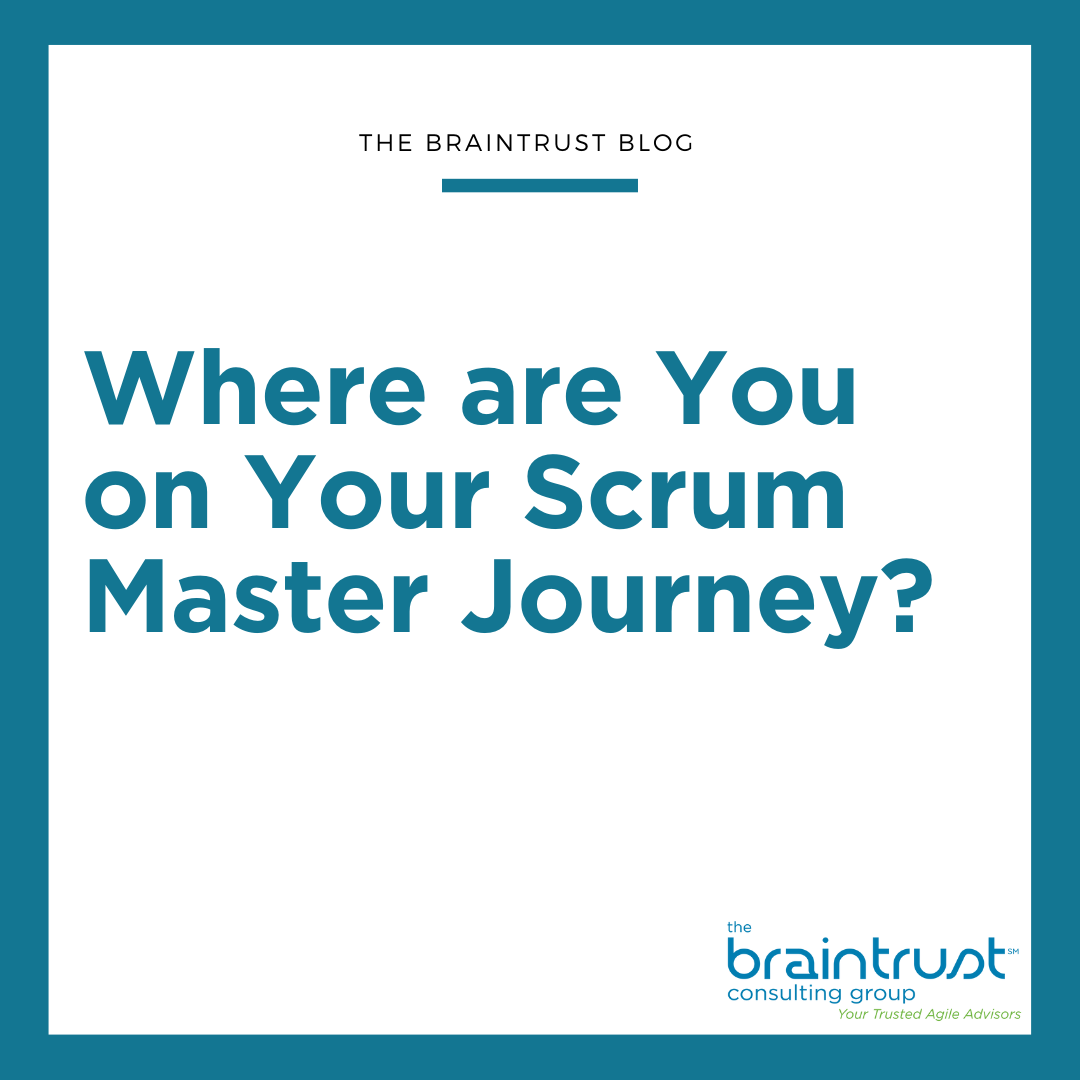Scrum Master: The job is in demand, the certification is in demand, and the role pays well. It’s no wonder so many people are asking how to pivot into a new career as a Scrum Master. Read on for tips on how to position yourself for a career change into a Scrum Master role.
One of the most common questions I’m asked is, “I’m interested in making a career change. How can I get a role as a Scrum Master without any experience?” While I am quick to explain that everyone’s background differs and that landing a new job is a nuanced endeavor, there are many ways you can go about gaining experience and getting yourself into the game. Here’s the breakdown I give when speaking with individuals looking into a career change.
Is the Scrum Master role a good fit for you?
As in, do you like people? Are you a people person? Are you good at having difficult conversations? Do you like to learn and do you have an open mindset? Are you passionate about working with people and supporting them and helping them to be successful? The Scrum Master role is all about interpersonal interactions, leading and coaching a Team, and helping to solve problems. So if most of these are a “yes and,” then this might be a good direction for you. Soft skills like being a great communicator, being a good listener, having empathy for others, and the ability to facilitate meetings and difficult conversations are all essential for the role.
Learn about the role
Okay, so you’ve thought through these qualities, and this is right up your alley. What next? When I consult folks on this type of career move, the starting point is education. As a Scrum Master, you are the Team’s guide to staying on track with the Scrum framework. You will need to have a foundational understanding of Scrum because you will be the expert on Scrum (hence the title, master of Scrum.) Not only will you be facilitating meetings, but you’ll also be the one making sure the Team stays on track and is deriving value from every meeting. Most crucial: a Scrum Master needs to have a strong understanding of the “why” behind all of the Scrum events, so that the Team is getting the benefits from all of the events.
I recommend reading the Scrum Guide and the Agile Manifesto to start, followed by attending a Certified Scrum Master (CSM) class. Reading will give a good introduction to the idea behind the movement to Agile practices, and the CSM class will give you a deep dive into the framework of Scrum through hands-on exercises. After, you take an exam to validate your understanding of the framework and then you’re a Certified Scrum Master! You want to learn as much as possible about the framework of Scrum, to build a solid foundational understanding. At a deeper level, you want to begin to see how the mindset that supports a self-organizing, self-managing Scrum team differs from a traditional command-and-control environment.
Once you’ve taken the class and passed the CSM exam, add that new credential logo to your LinkedIn profile and your resume. Share the update on your LinkedIn profile publicly, and let your network know that you’re looking for a Scrum Master role. Make a post and ask for recommendations on companies hiring, or for introductions. Communicating that you’re in the market and looking to make a change will help to open up conversations that wouldn’t be possible if you didn’t announce it openly.
Reframe your experiences
With the education piece in place, the next crucial step is to revisit your past experience in a new light. Identify areas where you may have already been using Scrum practices without them being labeled as such, and update your resume to reflect it. One of the things that makes a Scrum Master great is their ability to communicate and connect with others to help the team succeed. Look for ways you may have already been embodying these behaviors. Your mindset for being a people-first person is something you’ll want to highlight. Do you have experience with helping to resolve conflicts? Highlight those behaviors in your work experience! Have you helped to solve critical business problems? Make sure your experience is written in a way that reflects and highlights the Agile Principles. If your past experience doesn’t align well with Agile, another option is to find a service or volunteer project where you can implement some of these ideas.
Make connections
Continue to connect in the Agile community. Through networking opportunities like local Meetup groups, Hack-a-thons, or conferences, these communities will give you the chance to meet others in the field and will be great opportunities to continue to learn and to build your resume. Use your LinkedIn connections to reach out and meet new people. Ask to meet for coffee. Capitalize on those people skills! And finally, the only way you will possibly get a Scrum Master role: start sending out your resume. Like many things in life, finding your first role as a Scrum Master will be largely a numbers game. The more resumes you send out, the greater the likelihood you get a callback. Activity breeds activity!



